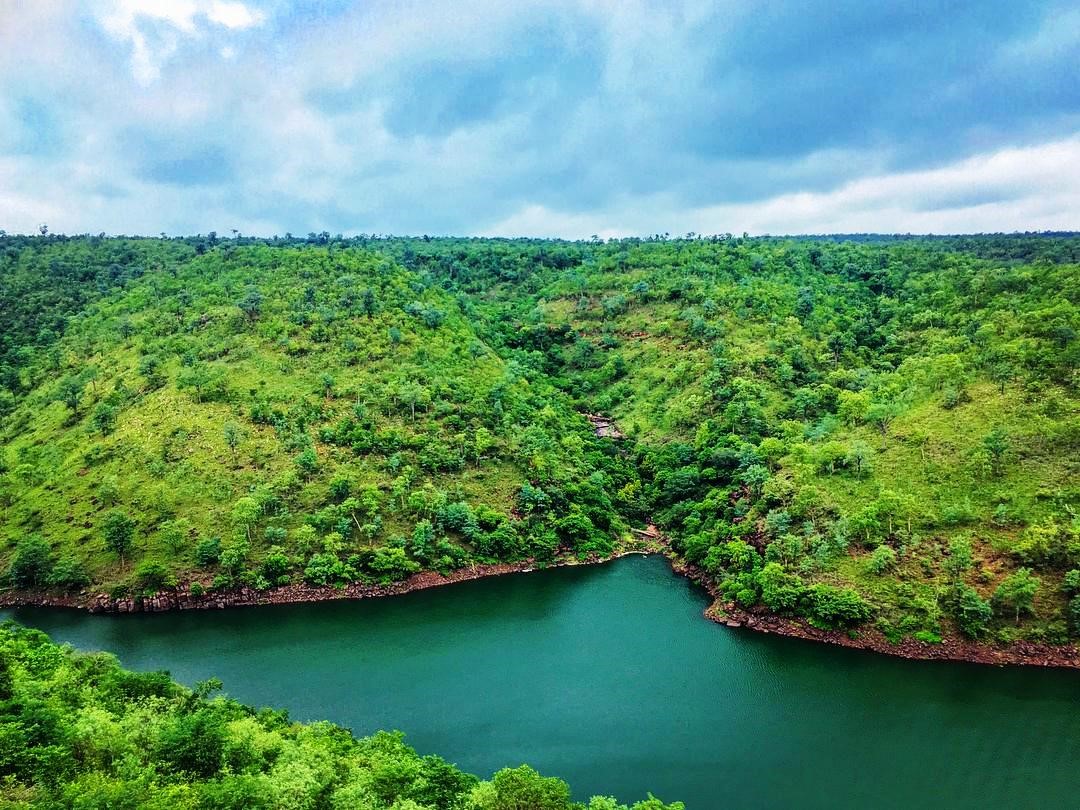Description

Disclaimer: Copyright infringement not intended.
Context
- In Nallamala region local population is not able to move freely due to fear of encounter with wildlife, especially tigers.
- Human-wildlife conflict has an implication for privacy and protection for tigers too.
Other Details
- Access to Nallamala forest has been suspended for three months. It is done for ensuring privacy and protection of tigers.
- However there are instances where tigers visited nearby habitations in search of prey, spreading a panic among local residents.
- Other activities by officials to handle the man animal conflict situation –
- Regular monitoring of the situation.
- Awareness campaigns are being conducted by forest officials to educate the residents about handling such encounters with wild animals.
- Many initiatives to safely trap the tiger and relocating it to the deep forest areas.
- In nearby tribal villages patrols and camps are being organized.

Why the Forest area is restricted for Human activities?
- The breeding season for tigers is from July to September (around 93 to 112 days).
- They have a gestation period of 16 weeks and the cubs stay with their mothers till the age of 2.5 year.
- Hence any disturbance during this time can affect the breeding cycle.
Nallamala forest region
- Located in Nallamala Hill, a part of Eastern Ghats, this forest is considered one of the largest undisturbed stretches of forest in South India.
- Situated to the south of the Krishna river in Andhra Pradesh and Telangana state, a part of the forest belongs to the Nagarjunsagar-Srisailam Tiger Reserve.
- Area of the Nagarjuna Sagar-Srisailam Tiger Reserve spreads in Andhra Pradesh and Telangana State
- In Andhra Pradesh - Kurnool, Guntur and Prakasam and
- In Telangana - Mahaboobnagar and Nalgonda
- It has a core forest area of about 2,250 Km and a total reserve area of about 6000 sq. Km.
- The area consists of 147 tribal hamlets (total population around 15,000) and 171 Chenchu Gudems with 6,950 families.
Fauna
- As per wildlife survey records, Nallamala forest houses over 700 types of animals, including tiger, bear, black buck, wild hog, chinkara, monkey, porcupines, peacock, pangolin and several rare bird species.
- The 2022 wildlife census, presence of 75 tigers were confirmed in the Nagarjuna Sagar-Srisailam Tiger Reserve.
Flora
- Mostly Dry Mixed and moist Deciduous Forests are found.
- Few tree species are - Anogeissus latifolia, Tectona grandis, Cassia fistula, Cassine glauca, Cleistanthus collinus, Cochlospermum religiosum, Dalbergia lanceolaria, D. paniculata,
- Growth of large tree is limited due to lack of water.
- Abundant medicinal plants are also found some of them are Koringa, Uttareni, Vasa, Bilwapatram, Pindikura, Ponnaganti Aaku, Neelanemu, Ada beera, Neeti sambrani, Atuku Mamidi, Burugu, Buddakakara, Kalimi, rela, nela tangedu,
Climate of the Forest region
- Summer – Warm to hot
- Winters – Mainly cool and dry
- Rain is mostly during South West monsoon
Must Read Article:
Human Animal Conflict
https://www.iasgyan.in/daily-current-affairs/human-animal-conflict
Tiger Reserve
https://www.iasgyan.in/daily-current-affairs/tiger-population-in-india
|
PRACTICE QUESTION
What could be the reasons for increasing Man and wildlife encounters? Explain. Also highlight the threats to both humans and conservation of endangered species like tiger. What measures could be taken to minimize such conflicts? (150 words)
|

https://www.deccanchronicle.com/lifestyle/environment/030723/human-wildlife-conflict-worsens-in-nallamala-region.html












